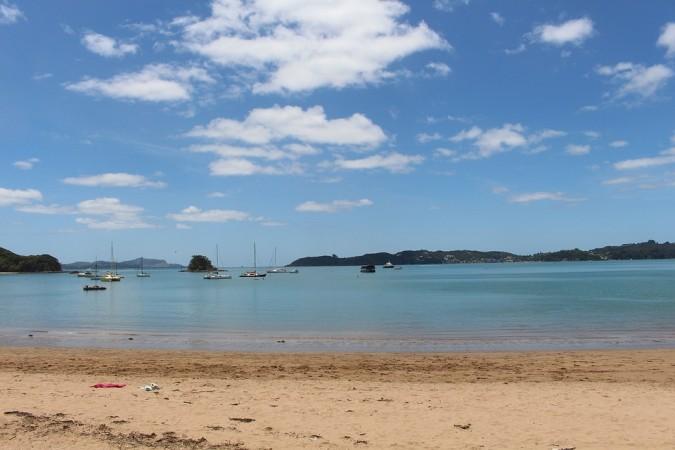
New Zealand's true ancient species are animals like kakapo, small wrens, bats, and freshwater limpets, not like kiwi birds, moa and takahe which were recent "Aussie immigrants," according to a study released on Tuesday.
An international team of palaeontologists reached this conclusion after two decades of groundbreaking research at the St Bathans fossil site in the New Zealand South Island's Central Otago, which revealed thousands of fossil bones, Xinhua news agency reported.
The study, published in the journal Geobios, said the large site, which was once at the bottom of a large prehistoric lake, offers the only significant insight into New Zealand's non-marine wildlife from 20 million years ago.
"Many of the species that we thought of as iconic New Zealand natives - a classic example would be the takahe - we now know are relatively recent blow-ins from Australia, arriving only a few million years ago," said Canterbury Museum Senior Curator Paul Scofield, who has been involved in digs at St Bathans since 2002.

The research had prompted a rethink of New Zealand's native fauna and the importance of some animals over others, Scofield said.
"Until now we thought that birds like kiwi and moa were among the oldest representatives of New Zealand fauna ... We are now realizing that the kakapo, tiny New Zealand wrens and bats, and even a bizarre freshwater limpet, are the real ancient New Zealand natives," he said.
The research concludes that this menagerie of exotic animals was wiped out by dramatic temperature drops over the last about five million years.
The research was jointly conducted by scientists from New Zealand's Canterbury Museum and University of Canterbury, Australia's Flinders University, University of Queensland and University of New South Wales, as well as Denmark's University of Copenhagen.
(With inputs from IANS)

















